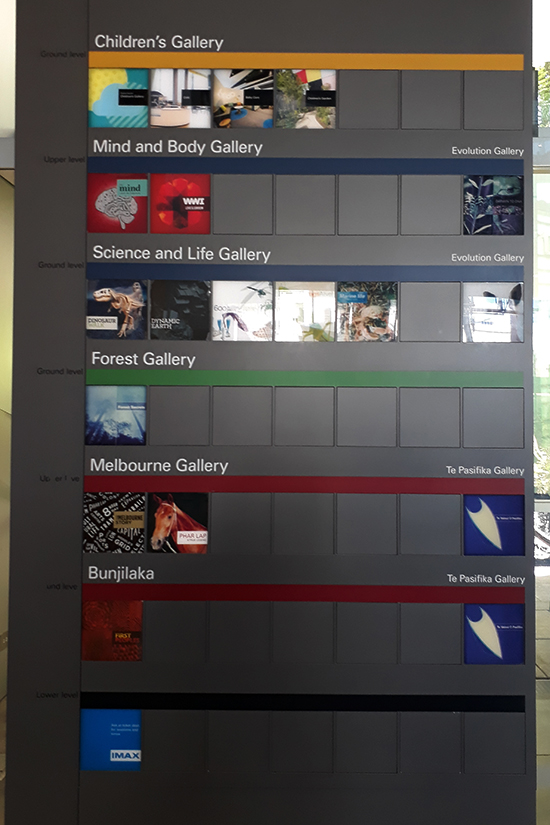Melbourne Museum is a natural and cultural history museum
located in the Carlton Gardens in Melbourne, Australia.
If you are taking tram #96, you stop at the Melbourne
Museum (Getrude Street); the place is located adjacent to the Royal Exhibition
Building.
The museum entrance cost AUD 15 for adults, with concession card you got to pay half the price.
The museum entrance cost AUD 15 for adults, with concession card you got to pay half the price.
Melbourne museum is a rich response to Melbourne’s urban
condition, and provides a place for education, history, culture and society to
engage with each other in a contemporary setting. It has a tropical forest
garden and the world’s largest IMAX Theatre screen, which is also part of the
museum complex, showing movies and documentary films in large-screen 3-D
format.
The building features a grid-like order that embraces
eccentric metal clad forms extruding out and creating an irregular sculptural
composition with moments of abstract colour throughout the building.
The museum is axially aligned with the adjacent
Italianate Royal Exhibition Building and references it, along with the
skyscrapers of Melbourne’s central business district, with its monumental scale
and protruding vertical facets. The sticks and blades that make up the
Melbourne Museum are hallmarks of Denton Corker Marshall’s architecture.
The most prominent element of the building are the two
very long, very high, sloping canopies (or blades) that rise up the from the
centrally placed entrance opposite the north door of the Royal Exhibition
Building; each act to guide visitors from the street into the Museum.
On the northern side of the building another larger
blade-like roof rises up from the centre to the north, a landmark of similar
scale to the central Florentine dome of the Royal Exhibition building.
this is an ocean floor, oldest! 😮
puppet shadow
pacifica
Bunjil's Wing, undulating Bird-Like Kinetic Sculpture Displays Images As It Moves. In the beautiful sculptural installation “Creation Cinema,” images and sound emanate from a slowly undulating, bird-like form. The installation was created by Melbourne-based studio ENESS and it symbolizes Bunjil the Creator, an eagle god from Aboriginal folklore. The sculpture is part of the recently opened “First Peoples” exhibit at the Melbourne Museum. For more on the installation, see this Creators Project article and video.
Gallery forest
I looove the retro part! can't you tell??
thank you all for stopping by and viewing the post...
for readers, I hope you enjoyed the information and photos,
do leave a message or questions if you have any...
xxx



























